Home>Garden Essentials>When To Plant Grass Seed In The Spring
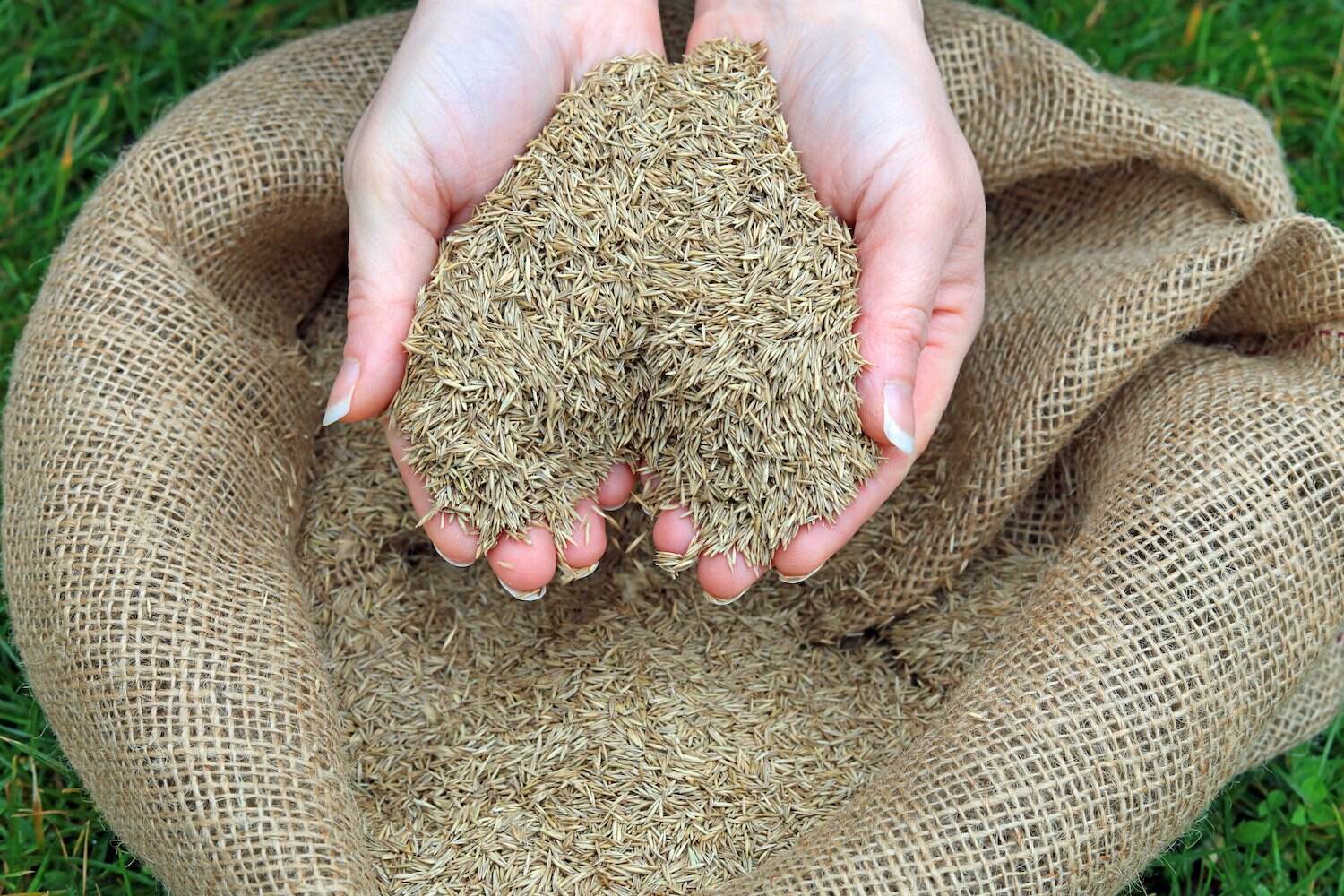

Garden Essentials
When To Plant Grass Seed In The Spring
Modified: March 24, 2024
Looking to start a garden? Discover the best time to plant grass seed in the spring for a successful garden.
(Many of the links in this article redirect to a specific reviewed product. Your purchase of these products through affiliate links helps to generate commission for Storables.com, at no extra cost. Learn more)
Introduction
Planting grass seed in the spring is an exciting and rewarding endeavor for garden enthusiasts and homeowners looking to establish a lush and vibrant lawn. The spring season offers favorable conditions for grass seed germination and growth, making it an ideal time to start a lawn renovation or establishment project. However, knowing the right timing and factors to consider before planting grass seed is crucial for achieving successful results.
In this article, we will explore the optimal timing for planting grass seed in the spring and discuss the key factors to consider before embarking on your lawn renovation journey. We will also provide valuable tips and insights to help you prepare your soil, select the right grass seed varieties, and ensure proper care and maintenance of your newly planted grass seed.
Before diving into the details, it’s important to note that the timing of grass seed planting can vary depending on your specific location and regional climate. Local weather patterns and temperature fluctuations can significantly impact the success of your grass seed germination and growth. Therefore, it’s essential to consider the unique characteristics of your area when planning your spring planting schedule.
Next, we will delve into the factors that should be considered before planting grass seed in the spring, helping you make informed decisions and set the stage for a thriving lawn.
Key Takeaways:
- Spring is a great time to plant grass seed, but it’s important to consider soil temperature, frost risks, and germination conditions. Choose the right timing for your region to ensure successful growth.
- Prepare your soil, select the right grass seed varieties, and follow proper planting and maintenance techniques for a lush and vibrant lawn. Consider factors like soil testing, clearing the area, and watering for optimal results.
Read more: When To Start Seeds For Spring Planting
Factors to Consider Before Planting Grass Seed in the Spring
When it comes to planting grass seed in the spring, several key factors should be taken into account to ensure successful germination and growth of your grass. These factors include soil temperature and moisture, frost and snow risks, and seed germination conditions.
Soil Temperature and Moisture: Before planting grass seed, it is crucial to consider the soil temperature and moisture levels in your area. Grass seeds require specific temperature ranges for optimal germination. The soil should be consistently above 50°F (10°C) for most grass varieties to germinate effectively. It is essential to use a soil thermometer to monitor the soil temperature and wait until it reaches the appropriate range before sowing the seeds. Additionally, the soil should be adequately moist but not waterlogged. If the soil is too dry, the seeds may struggle to germinate, while excessive moisture can lead to rotting.
Frost and Snow Risks: Another factor to consider is the risk of frost and snow in your region. Late frost or unexpected snowfall can damage or even kill young grass seedlings. Avoid planting grass seed too early in the spring if frost or snow is still a possibility. It’s advisable to wait until the risk of freezing temperatures has passed before sowing your grass seed.
Seed Germination Conditions: Grass seeds require specific conditions to germinate successfully. These include adequate soil contact, moisture, and protection from birds and other pests. Ensure that the seeds are in direct contact with the soil by lightly raking or pressing them into the ground. Moisture is crucial for seed germination, so regular watering should be done to keep the soil consistently damp during the germination period. Lastly, protect the newly sown seeds from birds by covering the area with a thin layer of straw or using netting.
By considering these factors and ensuring favorable conditions, you can significantly increase the chances of successful grass seed germination and growth in the spring. Now that we’ve covered the factors to consider, let’s move on to discussing the optimal timing for planting grass seed in the spring.
Optimal Timing for Planting Grass Seed in the Spring
Timing is crucial when it comes to planting grass seed in the spring. The optimal planting time can vary based on your regional climate and the specific grass species you are working with. Let’s explore the different considerations for timing your grass seed planting in the spring.
Regional Climate Considerations: The first step in determining the optimal timing is to understand your local climate. Different regions experience variations in temperature and weather patterns during the spring season. Some areas may have longer and milder springs, while others may have shorter and more unpredictable ones. It is important to research and consult local gardening resources to gain insights into the specific climate conditions in your region.
Early Spring Planting: In most regions, early spring is considered a suitable time for planting grass seed. This is usually when the soil begins to thaw and temperatures rise consistently above 50°F (10°C). Early spring planting allows the grass seed to establish before the heat of summer arrives. However, be cautious of late frost risks, as it can damage or delay the germination process. If your area is prone to late frost, it may be safer to wait until the risk has passed before planting.
Mid-Spring Planting: Mid-spring is also a favorable time for planting grass seed. By this point, the soil has warmed up, decreasing the risk of frost. Mid-spring planting provides a longer growing season for your grass, allowing the roots to establish before the hot summer temperatures. Many gardeners prefer this timeframe as it strikes a balance between reducing frost risks and maximizing the growing season.
Late Spring Planting: Late spring is the final opportunity for planting grass seed before the onset of summer. This timeframe is suitable for regions with shorter springs or areas that experience sudden temperature fluctuations. While late spring planting might expose the grass seed to higher summer temperatures earlier, it can still be successful if proper care and maintenance are provided. Monitor the moisture levels in the soil more closely during late spring planting to prevent drying out.
Ultimately, the optimal timing for planting grass seed in the spring will depend on your regional climate, specific grass species, and individual factors. It is essential to assess the local weather conditions and forecast before selecting the most suitable timeframe for your planting project.
Now that you have a better understanding of the timing considerations, let’s move on to the preparation tips for planting grass seed in the spring.
Tip: Plant grass seed in the spring when soil temperatures reach 55-65°F for optimal germination. Avoid planting too early when the soil is still cold and wet.
Preparation Tips for Planting Grass Seed in the Spring
Proper preparation is key to successfully planting grass seed in the spring. By taking the time to prepare your soil, select the right grass seed varieties, and follow effective planting techniques, you can ensure optimal growth and a healthy lawn. Let’s explore some essential preparation tips for planting grass seed in the spring.
Soil Testing and Amendments: Before planting grass seed, it’s crucial to assess the quality and composition of your soil. Conduct a soil test to determine its pH level, nutrient content, and texture. This information will help you identify any deficiencies and make necessary amendments. Adding organic matter such as compost, peat moss, or aged manure can improve soil structure, moisture retention, and nutrient levels, creating an optimal environment for seed germination and growth.
Clearing and Preparing the Area: Prepare the area where you plan to plant the grass seed by removing any debris, rocks, or weeds. Ensure that the soil is loose and free of compacted areas. If needed, till or rake the soil to create a smooth and level surface. This will provide an ideal bed for your grass seed and allow for even growth.
Choosing the Right Grass Seed Varieties: Selecting the appropriate grass seed varieties is crucial for achieving the desired results in your lawn. Consider factors such as sunlight exposure, climate, and intended use (such as high traffic or shade tolerance) when choosing your grass seed. Cool-season grasses, such as Kentucky bluegrass and fescue, are typically suitable for spring planting, while warm-season grasses, like Bermuda grass and zoysia grass, are better suited for warmer regions.
Seed Spreading Techniques: When it comes to spreading your grass seed, there are a few techniques to keep in mind. For smaller areas, hand-broadcasting the seed evenly across the soil surface is effective. Larger areas may require the use of a seed spreader to ensure uniform coverage. It’s recommended to divide the total amount of seed into two equal passes, applying half of the seed in one direction and the other half in a perpendicular direction. This cross-hatching method helps prevent patchy or uneven growth.
Watering and Maintenance: Adequate and consistent watering is essential for the germination and establishment of your grass seed. Keep the soil consistently moist, but avoid overwatering, as it can lead to disease and shallow root growth. Water deeply and less frequently to encourage deep root development. Once the grass begins to grow, gradually reduce the frequency of watering while increasing the duration to promote stronger, deeper root growth. Additionally, regular maintenance practices such as mowing, fertilizing, and weed control are vital for a healthy lawn.
By following these preparation tips, you will set the stage for successful grass seed germination and growth in the spring. Take the time to properly prepare your soil, choose the right grass seed varieties, and follow proper planting and maintenance techniques to achieve a lush and vibrant lawn.
Now that you are equipped with valuable preparation tips, it’s time to get started on your spring grass seed planting project.
Conclusion
Planting grass seed in the spring can be a rewarding and fulfilling endeavor, yielding a lush and vibrant lawn for you and your family to enjoy. By considering important factors such as soil temperature and moisture, frost and snow risks, and seed germination conditions, you can increase the chances of successful grass seed establishment.
Understanding the optimal timing for planting grass seed in the spring is crucial for maximizing growth and ensuring a healthy lawn. Take into account regional climate considerations and choose between early, mid, or late spring planting based on your specific location and weather patterns. Each timing option has its own benefits and considerations, so be sure to assess local conditions and select the most suitable time for your grass seed planting project.
When it comes to preparation, focus on soil testing and amendments to ensure optimal soil conditions for germination. Clear and prepare the area by removing debris and weeds, creating a level surface for your grass seed. Carefully choose the right grass seed varieties based on sunlight exposure, climate, and intended use in your lawn.
During the grass seed spreading process, employ effective techniques such as hand-broadcasting or using a spreader for even and uniform coverage. Don’t forget about proper watering and maintenance, as these play a critical role in the successful establishment of your grass seed. Water deeply and less frequently to encourage healthy root growth, and follow regular maintenance practices to keep your lawn thriving.
With proper preparation, timing, and care, your spring-planted grass seed will germinate and grow into a beautiful, healthy lawn that enhances the aesthetic appeal and value of your property.
Now that you have a comprehensive understanding of the factors to consider, optimal timing, and essential preparation tips, you are ready to embark on your spring grass seed planting journey. Enjoy the process and the rewarding outcome of a lush, green lawn.
Read more: When To Plant Spring Grass Seed
References
– “When to Plant Grass Seed in the Spring” by The Old Farmer’s Almanac. Available at: [https://www.almanac.com/content/when-plant-grass-seed](https://www.almanac.com/content/when-plant-grass-seed)
– “Spring Lawn Care Guide” by The University of Maryland Extension. Available at: [https://extension.umd.edu/hgic/topics/spring-lawn-care](https://extension.umd.edu/hgic/topics/spring-lawn-care)
– “Planting Grass Seed in Spring” by Penn State Extension. Available at: [https://extension.psu.edu/planting-grass-seed-in-spring](https://extension.psu.edu/planting-grass-seed-in-spring)
– “Timing is Everything: Know the Right Time to Plant Grass Seed” by GreenView Fertilizer. Available at: [https://www.greenviewfertilizer.com/articles/when-to-plant-grass-seed](https://www.greenviewfertilizer.com/articles/when-to-plant-grass-seed)
– “Tips for Planting Grass Seed” by The Scotts Company. Available at: [https://www.scotts.com/en-us/library/grass-grass-seed/tips-planting-grass-seed](https://www.scotts.com/en-us/library/grass-grass-seed/tips-planting-grass-seed)
Please note that the above references are for informational purposes only, and additional sources should be consulted for comprehensive guidance on planting grass seed in the spring.
Frequently Asked Questions about When To Plant Grass Seed In The Spring
Was this page helpful?
At Storables.com, we guarantee accurate and reliable information. Our content, validated by Expert Board Contributors, is crafted following stringent Editorial Policies. We're committed to providing you with well-researched, expert-backed insights for all your informational needs.
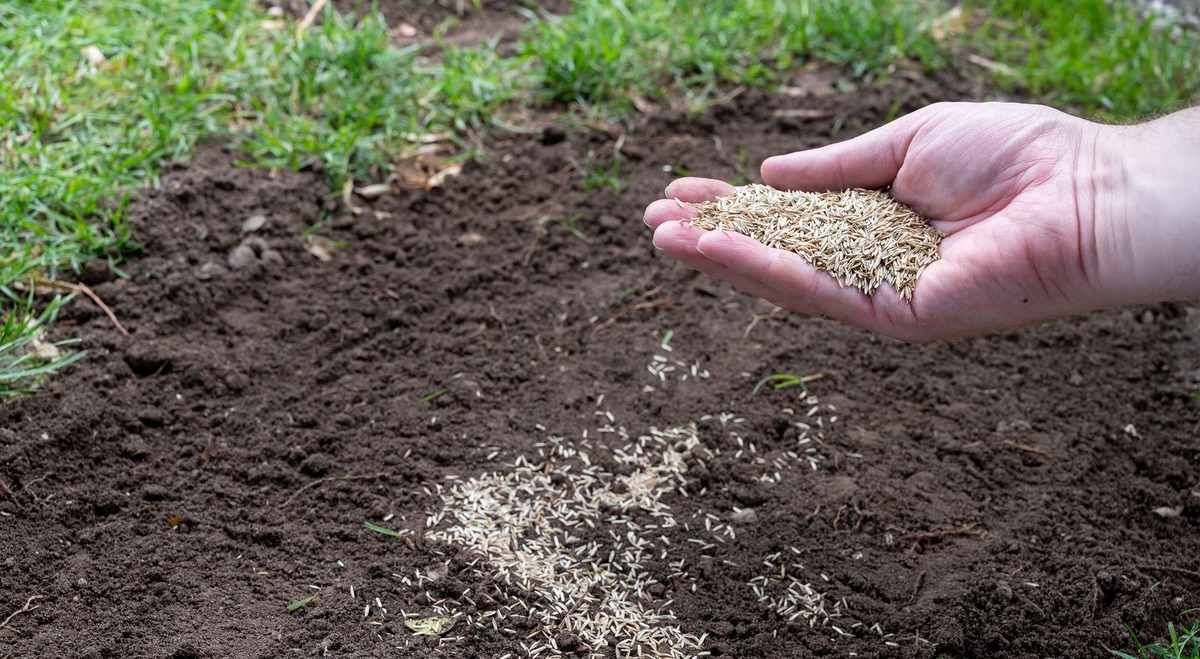

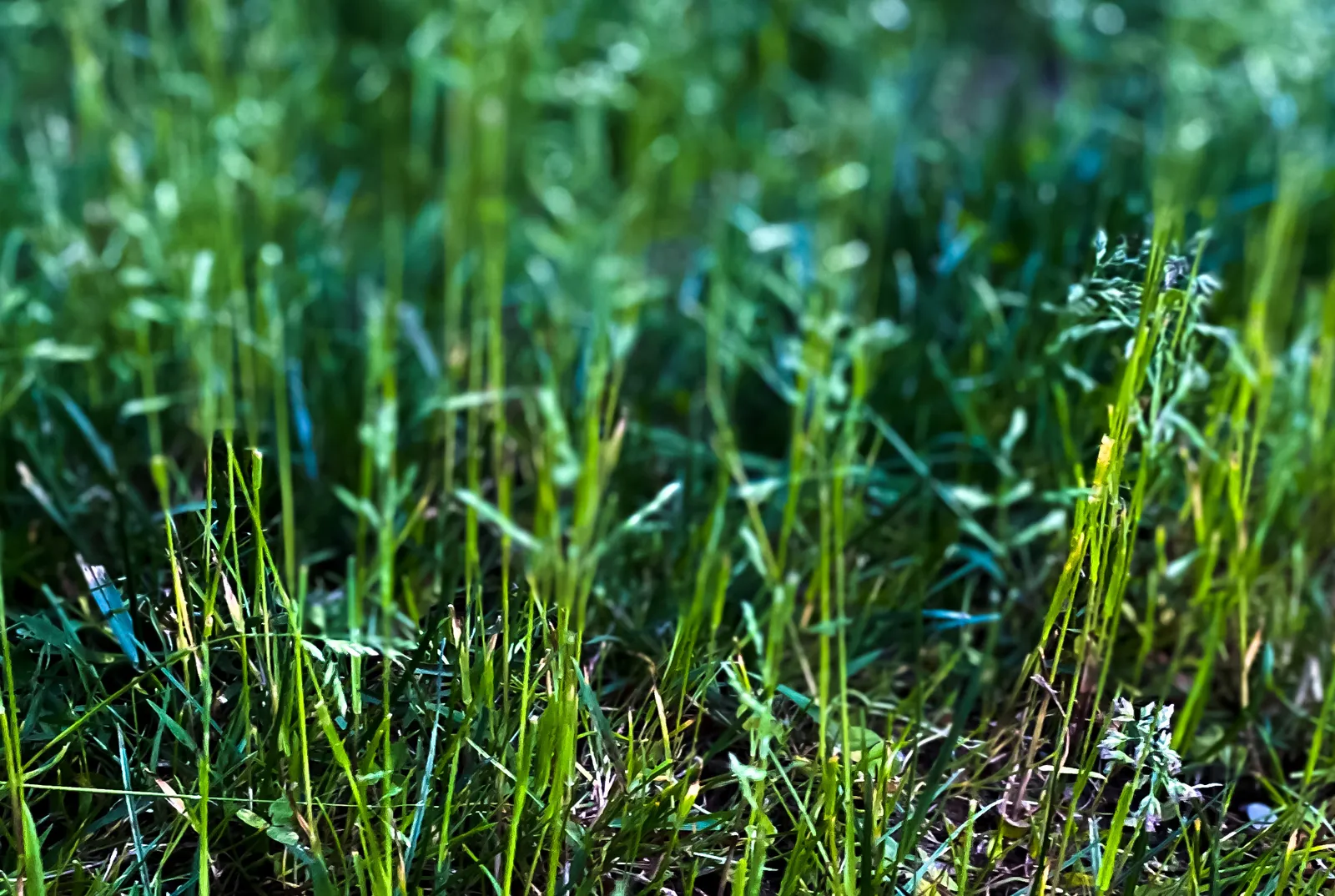
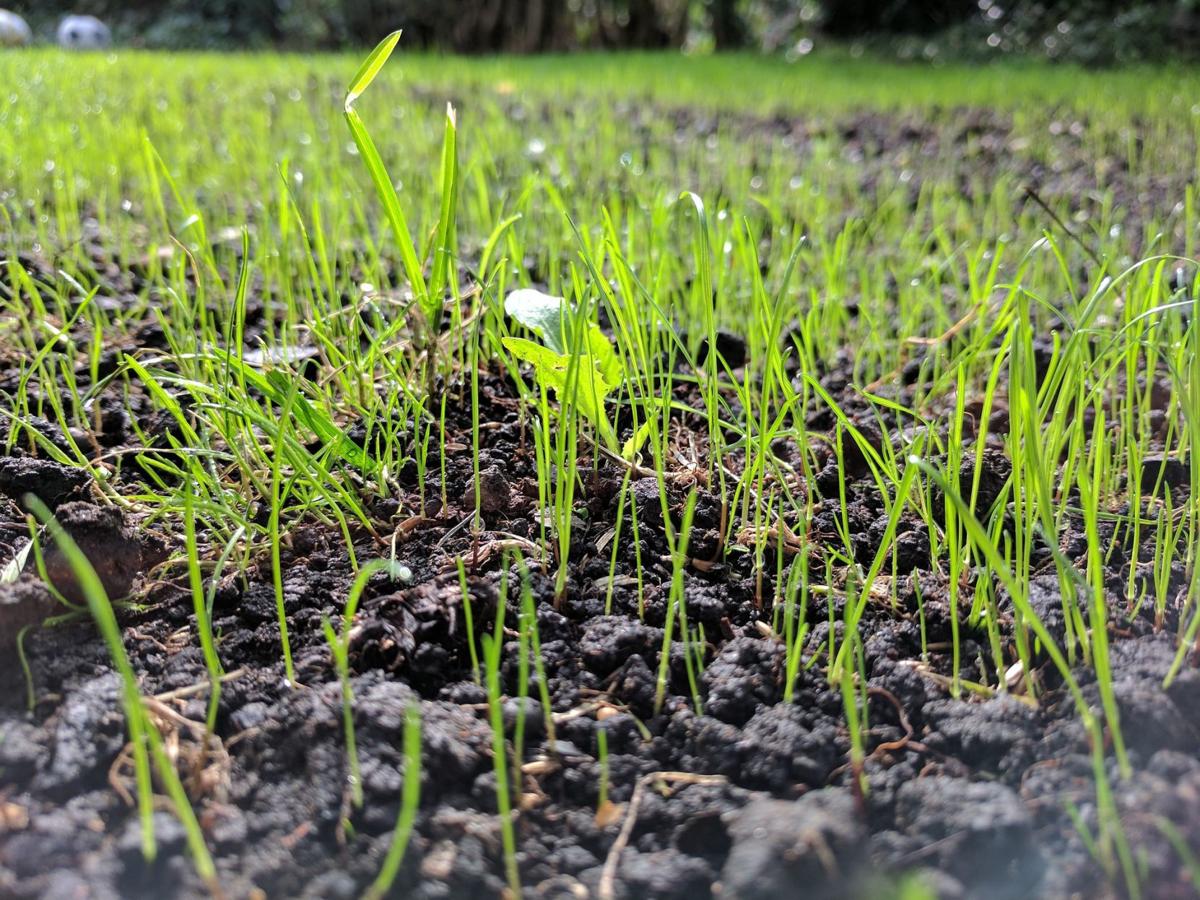
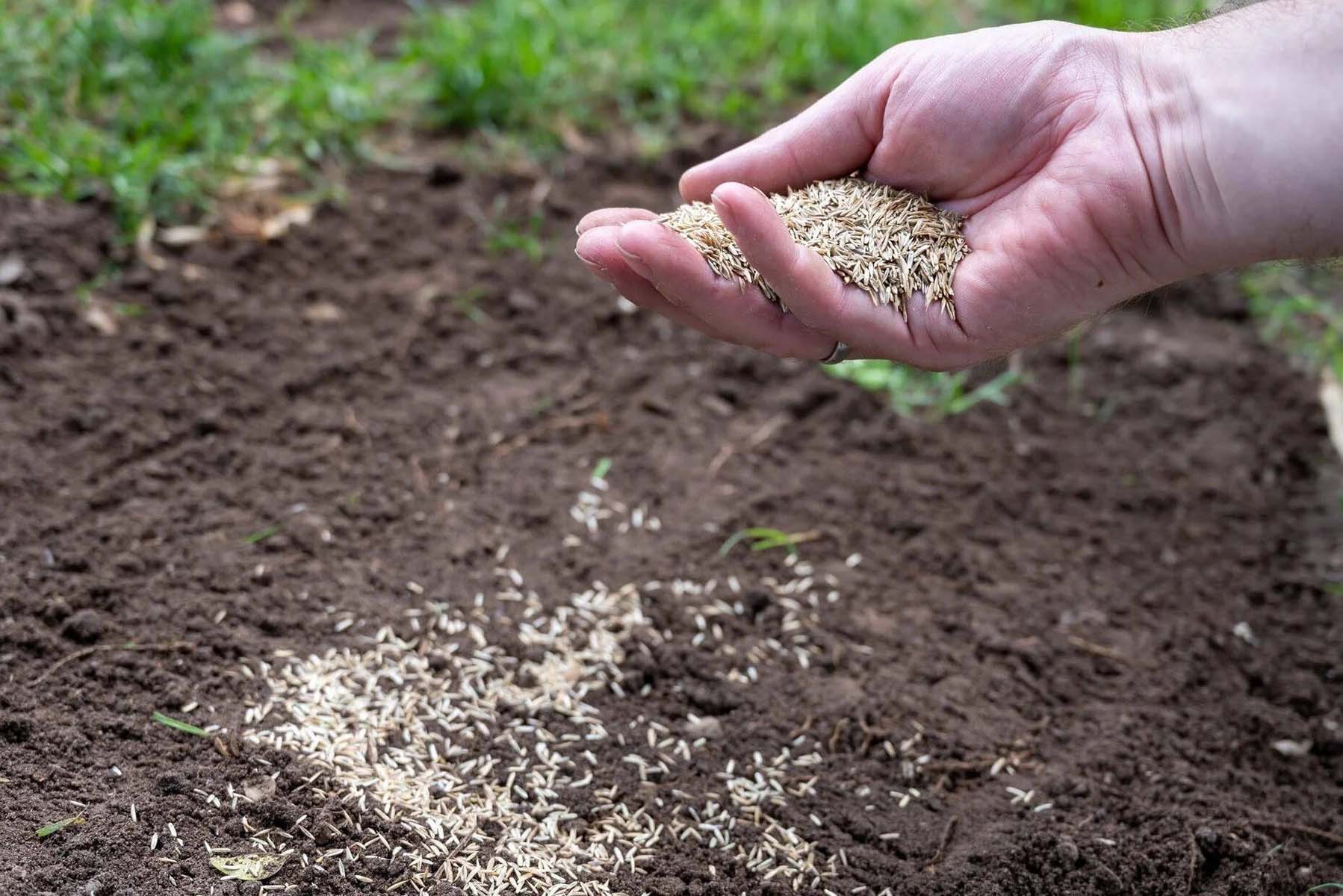
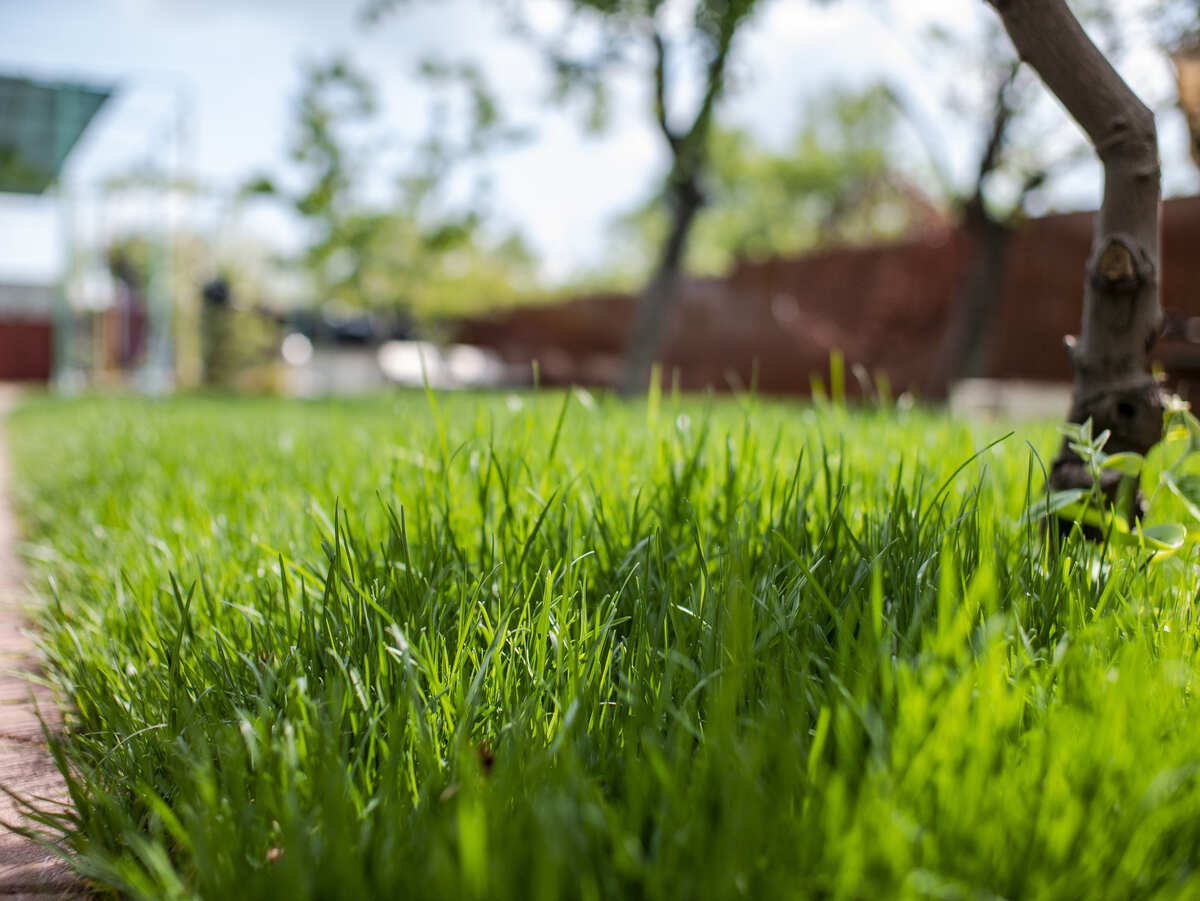
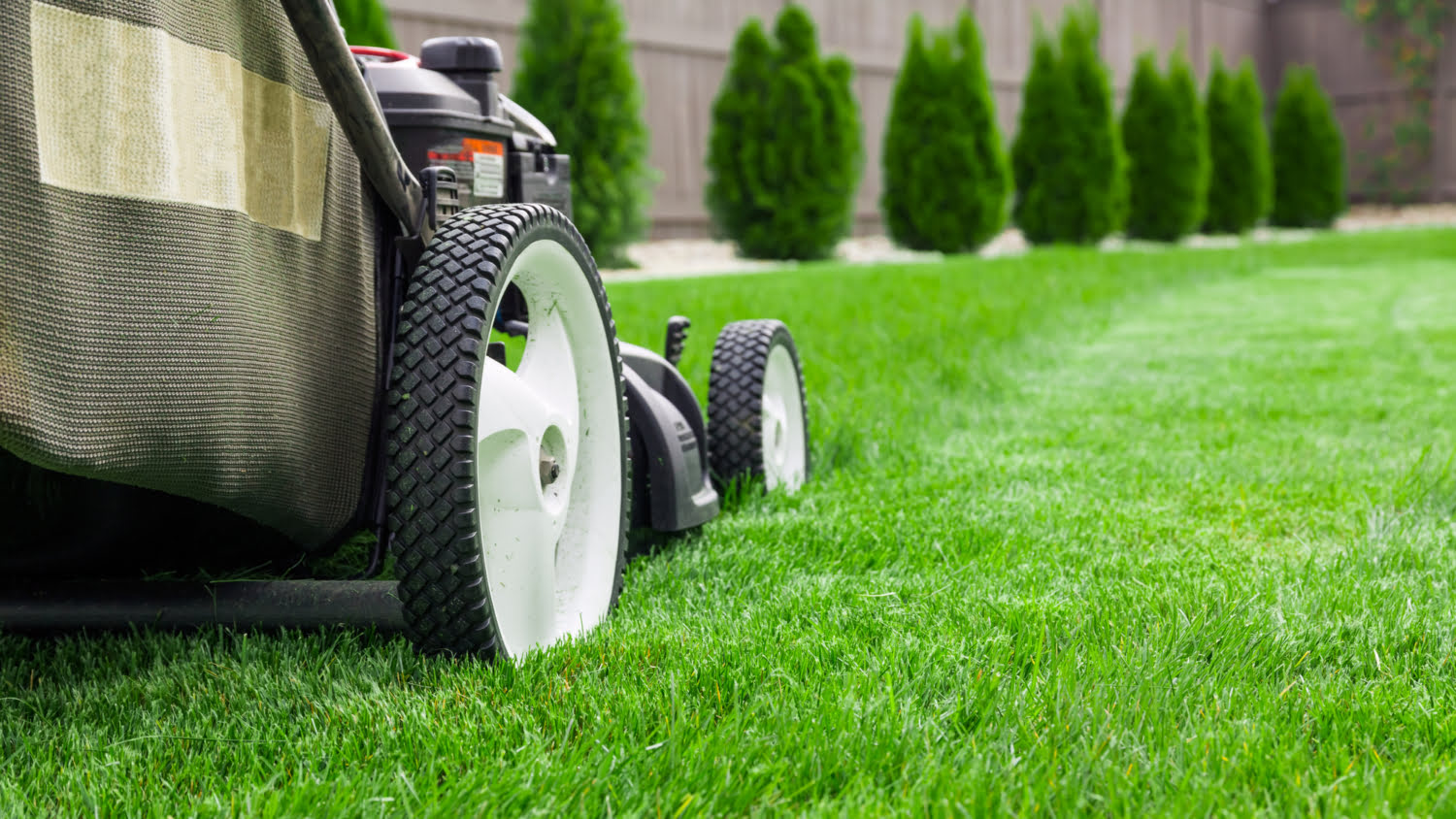
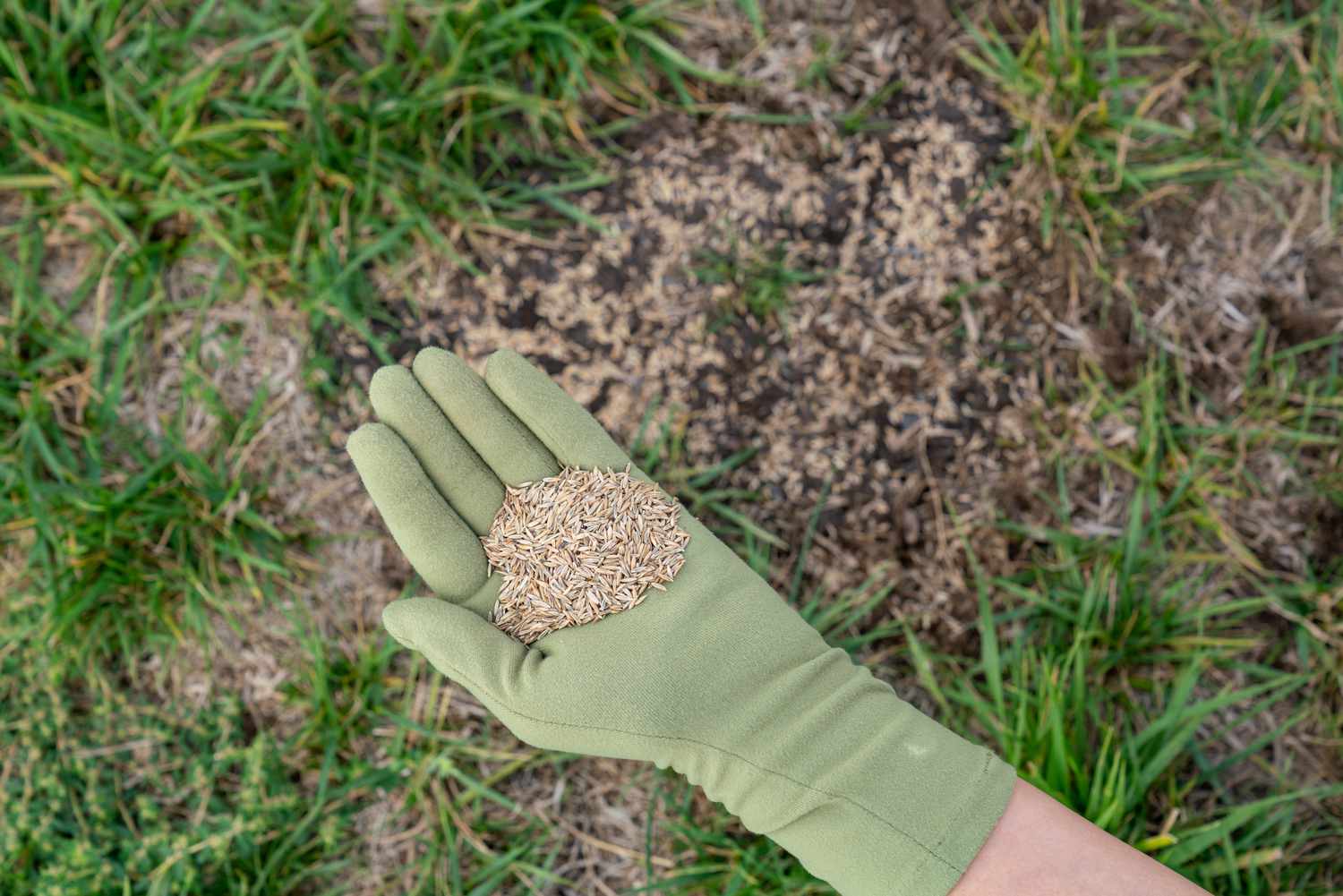

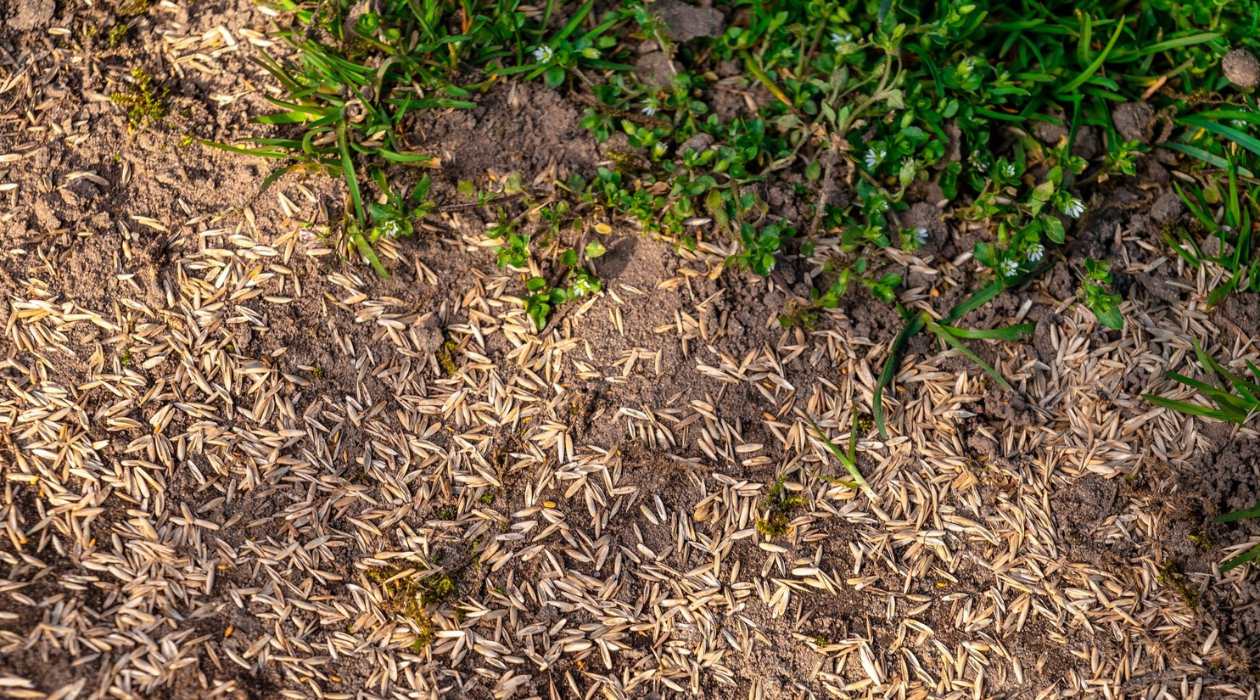
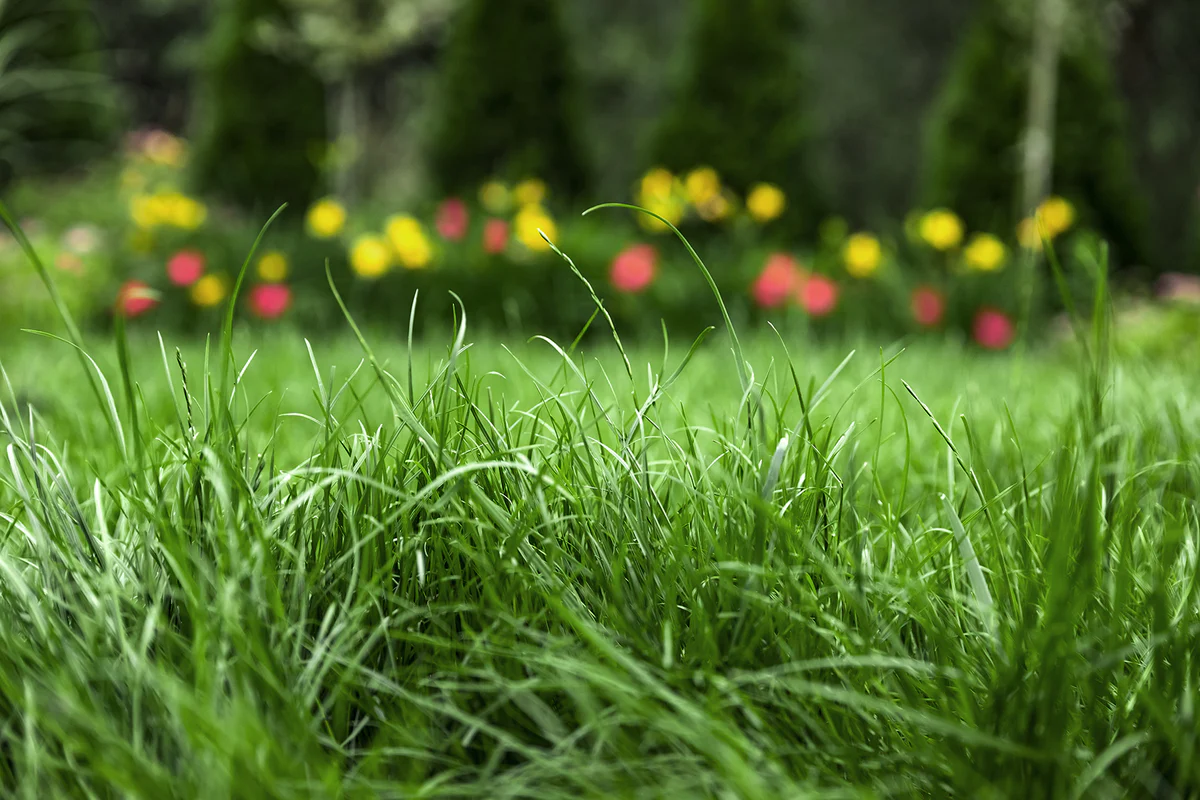
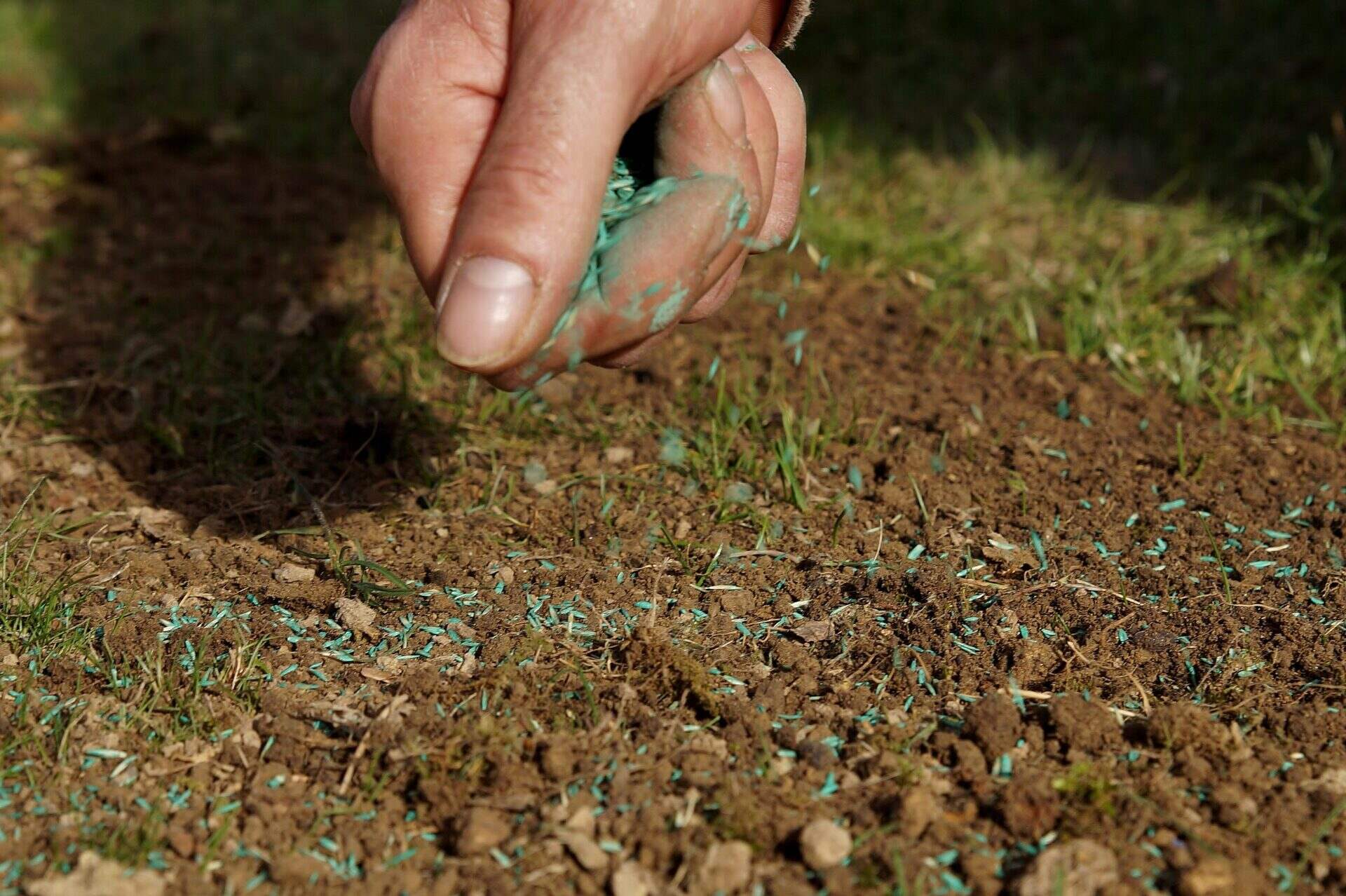



0 thoughts on “When To Plant Grass Seed In The Spring”